SULU, February 14, 2023 – The Department of Agriculture – Special Area for Agricultural Development (DA-SAAD) Program has made remarkable progress in introducing its farmer-partners to agricultural and economic development, increasing production, and opening income sources to internally displaced people in the province. Blossoming progress is apparent in the development trail however long, but remains crucial and needs firm reinforcement from capable institutions.
Background: conflict, poverty, the poor, and the internally displaced
Despite being known for having a long history of conflicts between the military and rebel groups, the island of Sulu is home to pristine beaches in the bays of Parang and mountain ranges such as Bud Datu in Indanan, that stand out and attract tourists in the province.
The thick forest and fertile soil of the island support rice, cassava, coconut, corn, banana, and fruits, while marine-based activities remain their economic pillar.
Sulu has an agricultural land area of 167, 376 hectares (ha), comprising 19 municipalities that are organized into two (2) districts subdivided into 410 barangay units, with Jolo as the capital. The population as determined by the 2020 statistics was 1,000,108 individuals.
Due to armed conflicts resulting in limited economic opportunities, socio-economic instability, and inadequate social services, the island is identified as one of the poorest provinces in the Bangsamoro Autonomous Region of Muslim Mindanao (BARMM).
In the first semester of 2018, the Philippine Statistic Authority (PSA) recorded 75.3% poverty incidence and 31.5% subsistence incidence among families in the province. This means that 44.1 thousand or 30.2% of the Filipino families of Sulu in 2018 do not have sufficient income to meet their basic food needs. Underdevelopment and poverty can be credited to the recruitment of Suluanos to extremist groups such as the Abu Sayyaf.
Small-scale farming and fishing are some of the common livelihood and food sources in the rural areas of the country. However, scarce access to opportunities and resources limits farmers’ chances to improve their livelihood resulting in an upsurge in poverty, low productivity, and poor-quality agricultural products.
Based on 2019 data from PSA, a decline in agricultural employment was observed in most parts of the country with the exemption of Central Visayas, Northern Mindanao, SOCCSKSARGEN, and BARMM. Additionally, the average basic wage paid in the agriculture sector is Php 247.81 per day in 2019, with an observed annual increase of an average of 6.0 percent growth (2015-2019).
In the same period, workers in the region engaged in fishing and aquaculture activities received higher wages and salaries with an average of Php 262.42 per day, than those involved in agriculture and forestry whose payment averaged Php 246.62 per day.
According to the IBON Foundation, in 2022, the projected daily living wage needed to survive for a household with five (5) members amounts to Php 1,904 and Php 1,194. On the other hand, the amended National Economic Development Authority (NEDA) statement on the required living wage per household of five is at Php 42,000/month or Php 1,354.83/day to survive above the poverty line. Further, IBON states that the minimum wage and living wage in BARMM and Region 9 are Php 351 (living) and Php 341 daily (minimum) respectively.
Underdevelopment due to many factors (political, clan-related, and the presence of rebel groups) in Mindanao has long been a subject of development and humanitarian discourse and initiatives. The state, driven to address this condition, has made peace-building efforts, however, conflicts are deeply rooted that require multi-level initiatives to prevent the gradual collapse of components of the communities affected.
Development projects are pipelined not only for relief but to help rebuild communities and reverse the effects of underdevelopment and poverty due to natural or human-inflicted reasons.
In the economic aspect for example, development projects include providing and opening access to livelihood projects and opportunities, road system, water system, and power supply that are seen to boost the local economy, providing the Suluanos the capacity to improve their economic status through regular income sources and less susceptibility to armed group recruitment.
SAAD in Sulu
In 2018, BARMM-covered Sulu province was listed to receive livelihood projects from the DA-SAAD Program through the Regional Field Office (RFO) 9.
SAAD was implemented to aid in the economic conditions of the marginalized or poorest households in the province through agricultural livelihood assistance to increase food production for consumption and livelihood.
The program first covered the four (4) mainland municipalities namely: Talipao, Parang, Panamao, and Maimbung with recorded poverty incidence at 58.1%, 55%, 59.7%, and 51.2%, respectively. These municipalities were among the poorest municipalities in the province based on 2015 data from PSA.
In 2019, SAAD expanded its scope to other municipalities in the province such as Luuk and Indanan, and in 2021, Patikul.
Given the peace and order issues, the implementation of targeted projects was made possible with the crucial and active support of the local government unit (LGU) and the peacekeeper assigned in the province. SAAD was able to reach out to target farmers of the livelihood projects.
For FY 2018-2022, the DA-SAAD Program implemented 7 projects on various crops (cassava, corn, peanut, banana, vegetables, and rice), and animal (livestock and poultry) production benefitting 1,620 farmers and 34 associations.Table 1. Projects implemented in Sulu during Phase 1 (2018-2022)
| Year | Project Title | Location (LGU) |
No. of Associations | FA-members beneficiaries |
| 2018 | Diversified Livestock and crops (Egg Production, Native Chicken Raising, Goat Raising, Cassava, Corn, Peanut Production Integrated farming with vegetable backyard gardening) | Talipao, Maimbung, Parang, Panamao | 10 | 541 |
| 2019 | Diversified Livestock and crops (Egg Production, Native Chicken Raising, Goat Raising, Banana Production, Cassava, Corn, Peanut Production Integrated farming with vegetable backyard gardening) | Talipao, Maimbung, Parang, Panamao, Luuk, Indanan | 19 | 871 |
| Rice Production | ||||
| 2020 | Diversified Livestock and crops (Egg Production, Cassava, Corn, Peanut Production Integrated farming with vegetable backyard gardening) | Indanan, Maimbung, Panamao, Parang, Talipao | 18 | 385 |
| 2021 | Diversified Livestock and crops (Egg Production, Cassava, Corn, Peanut Production Integrated farming with vegetable backyard gardening) | Indanan, Maimbung, Panamao, Parang, Talipao | 20 | 420 |
| 2022 | Integrated Project on Cassava, Corn, Peanut Vegetable Production | Indanan, Maimbung, Panamao, Parang, Talipao, Patikul | 20 | 707 |
| Layer Chicken Production |
*Note: There are a total of 25 recurring groups from 2018 to 2022, and 9 new identified groups in 2022 in SuluBeneficiaries in Sulu are mostly crop farmers cultivating cassava, corn, peanut, and some vegetables for food consumption. Others are laborers for abaca and coconut production. They are province natives who are also Pantawid Pamilya Pilipino Program (4Ps) beneficiaries of the Department of Social Welfare and Development (DSWD), while some are Internally Displaced People (IDPs) with monthly income below Php 10,000.
The United Nations High Commissioner for Refugees (UNHCR) defines IDPs as people who have not crossed geographical boundaries unlike refugees but are coerced to move away from their homes due to natural disasters, and conflicts. IDPs tend to move to areas where access to opportunities and humanitarian assistance is scarce. This exposure also hampers any progress in socio-economic conditions that the community members are acquiring over the years of inhabiting a specific area.
Sulu province has a total budget allocation of Php 79,263,809.77 from 2018 to 2022, and in 2021 another Php 12 million was added to its regular fund through the AFP-initiated dialogue represented by Colonel P. Taharudin Ampatuan, Deputy Commander of the AFP 1103rd Infantry Brigade in Patikul, aiding another 335 farmers from SAAD expansion areas where, in collaboration with the Municipal Task Force in Ending Local Armed Conflict (MTF-ELAC) under the Office of the President in pursuant to Executive Order No. 70, seven (7) new farmers associations (FAs) in Patikul were accommodated.
SAAD in Patikul, Sulu
Patikul, a 3rd class coastal municipality in the province comprising vast agricultural land compared to other municipalities is known as a battleground between the Abu Sayyaf group and the military.
As a result, the agriculture-driven economic potential was taken away some 40 years ago due to continuous unrest. Locals’ opportunity to farm has been deprived, and many community members have been displaced.
According to Deputy Brigade Commander Col. Ampatuan, the implementation of local peace engagement (LPE) and other programs of the MTF-ELAC in Patikul including the livelihood program provided by the DA-SAAD in the province have proven their effectiveness and resulted in the reduction of armed conflict.
“We have secured 9 out of 30 barangays in Patikul and assisted the individuals to return to their respective barangay as part of the Balik Barangay Program (BBP) of MTF-ELAC [from displacement]. We have assured that the individuals were safely and comfortably returned to their motherland. Further, we provided them with temporary shelter, a watering system, and a prayer area,” said Col. Ampatuan.
IDPs in Patikul who recently returned to their home as part of the MTF-ELAC BBP are tagged as “returnees”. Far from being conflict-affected and identified members or supporters of the Abu Sayyaf group, they became partners of the SAAD Program for the 2021 and 2022 livelihood projects and other programs that help them reintegrate into their communities.
Col. Ampatuan believed that the SAAD helped encourage the active participation of the community members in Patikul toward development. It provides livelihood opportunities that can decrease their economic vulnerability, and capacity-building initiatives to train the recipients in handling their projects. Usually, people resort to participating in insurgent activities because of rampant poverty.
“Poverty is one of the many reasons for violence but if we provide them opportunities that could give hope to improve their lives and realize their dreams, we can achieve a peaceful and sustainable community,” added Col. Ampatuan.
While the livelihood projects contribute to the overall progress of the returnees, it should be noted that the local government addresses these conflicts and supports the locals by continuous massive infrastructural development such as building new roads, creating housing projects, connecting water systems, and implementing other development programs (such as SAAD). This creates opportunities and promotes local tourism, encouraging sustainability of the livelihood of community members, in hopes of eventually eradicating insurgent activities participated by Patikul residents.
SAAD’s contribution to economic development among poor communities
SAAD aims to improve individual and household economic conditions by providing diverse sources of income so beneficiaries may be able to afford other development aspects. With different levels of needs, the program may spark production activities by providing start-up inputs, improving ease of production through machines and other farming materials, and eventually, extra income to afford other services such as shelter improvement, education, health, and other basic social services and rights for all the members of the household.
For Phase 1, SAAD granted diversified livestock and crop inputs to Sulu which include egg layer production, native chicken and goat raising, as well as cassava, corn, and peanut production, and integrated vegetable backyard gardening among others.
One of the beneficiaries of the FY 2019 Cassava, Corn, Peanut Production project from Barangay Liban, Talipao, Sulu, shared his gratitude and testimony of his life-changing journey in the SAAD program.
“Daing ha tiyukbal sin SAAD, gimaan na in pag pajatu namu tiyumpian. In makina gilingan panggi iban gipitan niya malaggu in kyatabang kamu. In ad basi iban panyap piyag ad namu nakadihil dayaw parasahan sabab di na masud sin mangaun in hiyanum namu misan di na jagahan,” said Mr. Hattah Jumlani in Tausug dialect.
(With the SAAD support, our postharvest activity became faster and easier. The cassava grater and presser are a big help to us. The fencing materials gave us assurance of the safety of our crops and gave me time to do other work than just guard our crops.)
“Nakatalus na in upat anak ko college. Awn na duwa Information Technology, hambuok Civil Engineer iban hambuok talus ha Criminology. Katan sila napatalus namu daing ha pag panggi namu,” added Mr. Jumlani.
(My four children already got their bachelor’s degrees; I now have two Information Technology graduates, one Civil Engineer graduate, and one Criminology graduate. All of which were hard-earned [resources] from cassava farming.)Table 2. Generated revenue from established enterprises in Sulu through SAAD
| Year Established | Name of Enterprise (*best performing FAs with highest revenue) |
Total Members of the Established Enterprises |
Generated Income |
| 2021 | Kabbon Takas Farmers Association |
20 |
1,177,726.00 |
| 2021 | Sahaya Sin Kawman Farmers Association |
16 |
1,054,170.00 |
| 2021 | Kasanyangan Sin Samak Agricultural Association |
15 |
1,009,860.00 |
| 2021 | Laum Buwahan Farmers Association |
15 |
510,036.00 |
| 2018 | Brgy. Tiis Kasanyangan Association |
13 |
1,376,925.00 |
Progress in poverty reduction
According to 2021 PSA data, BARMM has the largest poverty reduction rate of 17.4% among other regions, reflecting the progress made on peace and order as well as the massive infrastructural development of the LGUs and social protection efforts from the government agencies; and Sulu is one of the major contributors.
Likewise, PSA also reported that the poverty incidence among families in the province of Sulu was reduced to 51% in 2021 as compared to 75.3% in the first semester of 2018, also reflecting the increase in livelihood and farming activities of the local farmers – promoting employment and small-scale enterprises within the community.
These numbers mirror the synergized strategic effort of different agencies to assist the marginalized communities in rural areas and further prove the importance of such programs dedicated to poverty reduction.
Ms. Alfidzrah S. Maharail, Sangunian Bayan Secretary of Patikul pointed out that the increase in agricultural production in Sulu could be partly attributed to the implementation of agricultural interventions that increase labor force and income through social preparation and livelihood interventions of the DA-SAAD Program. This progress also reflects the poverty reduction performance of the province.
In addition, based on 2021 PSA data on crop production in the Philippines, BARMM topped all the cassava-producing regions with 1,087.52 thousand metric tons (MT), accounting for 41.7% of the country’s total output in 2020. In the third quarter of 2022, BARMM again recorded the largest cassava production in the country at 282.64 thousand MT, sharing 47.8% of total cassava production from July to September 2022.
Cassava is widely grown in the province as most Sulu farmers plant the crop for livelihood and food consumption. Its starchy roots are a major source of dietary energy and is known to be the highest producer of carbohydrates among staple crops.
In Sulu, the DA-SAAD Region 9 delivered a total of 17,458 bundles (25 stalks per bundle) of cassava stalks to accommodate the consolidated 445ha which benefited 445 beneficiaries from 2018 to 2022. The total estimated cassava production per year was recorded at 32,040MT for SAAD-covered areas which contributed to about 11 % of total cassava production in the province.
Plans
Sulu province just graduated in SAAD Phase 1 last 2022 as the program exits the province. The Regional Program Management Support Office in Region 9 will intensify its effort to obligate and disburse its fund and close all accountabilities for the said period.
As Sulu province transitions to the ministries established by its governing region, the SAAD team will conduct a turnover ceremony to turn over all 34 FAs to their respective LGUs in Sulu and to other partner agencies following the recommendation by board resolution of the LGU to allocate funds to support the groups in sustaining the projects for the succeeding years.
Programs such as SAAD which enable and capacitate farmers and fishers from the ground up, need intensive and extensive support not only from the agriculture sector and authorities but also from parallel and relevant agencies, as well as the private sector. The fight against the effects of poverty is far from over, especially now that development for these communities has already gained momentum.
The program hopes for sustainability and further success for the SAAD-established farmers associations now that the graduates are to be endorsed and transferred to equivalent authorities. ###
Writers:
Ellaine L. Quiamco, DA-SAAD Region 9 Information Officer
Ma. Trinee A. Tibud, DA-SAAD Region 9 Report Officer
Sources:
- Philippine Statistic Authority. 2021 Full Year Official Poverty Statistic
- Philippine Statistic Authority. 2019 First Semester Poverty Statistics among Families in ARMM
- Strachan, A.L. (2015). Conflict analysis of Muslim Mindanao. Birmingham, UK: GSDRC, University of Birmingham.
- Tirivayi N, Knowles M and Davis B. 2013. The interaction between social protection and agriculture: A review of evidence. PtoP report. Rome, Fao.
- Philippine Statistic Authority. 2021. Crops Statistics of the Philippines 2016-2020, pg 25.
- Major Vegetables and Root Crops Quarterly Bulletin, July-September 2022. Retrieved from https://psa.gov.ph/vegetable-root-crops-main/cassava#:~:text=Bangsamoro%20Autonomous%20Region%20in%20Muslim,Valley%20with%2012.2%20percent%20share.
- Minimum wage vs family living wage per region as of November 2022. Retrieved from https://www.ibon.org/rmw-vs-rflw-nov22/?fbclid=IwAR09lXxkEAo8qjntVHp1TFlrFkF3bxF_gRYWgeHgglgCyEa9mWe_QeV8fTs
- NEDA: Family of 5 needs P42,000 a month to survive. Retrieved from https://www.philstar.com/headlines/2018/06/08/1822735/neda-family-5-needs-p42000-month-survive?fbclid=IwAR0jY_MsMma-jk9I1R8IkbB5Al38AmViMQOjJx_07dgnQEbWbncvad4ocPI
- Minimum wage vs family living wage per region as of November 2022. Retrieved from https://www.ibon.org/rmw-vs-rflw-nov22/?fbclid=IwAR09lXxkEAo8qjntVHp1TFlrFkF3bxF_gRYWgeHgglgCyEa9mWe_QeV8fTs
- Area Coordinators of Sulu: Analisa Dauring, Farhan Abdula, Alkhartemar Sangkula, Ahmed Tuttuh
- Ernest Herbert R. Baird, RPMSO Information Technologist

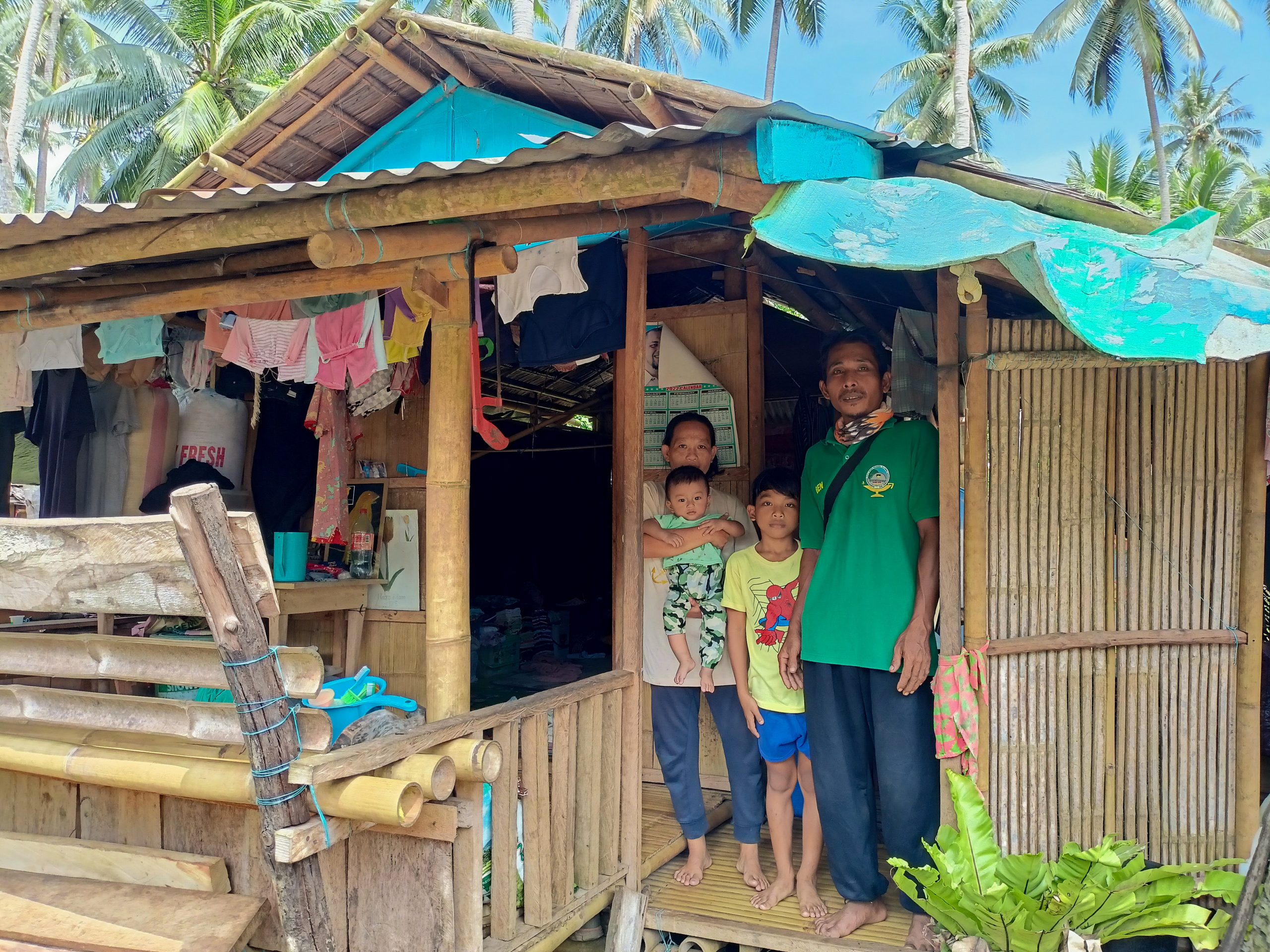
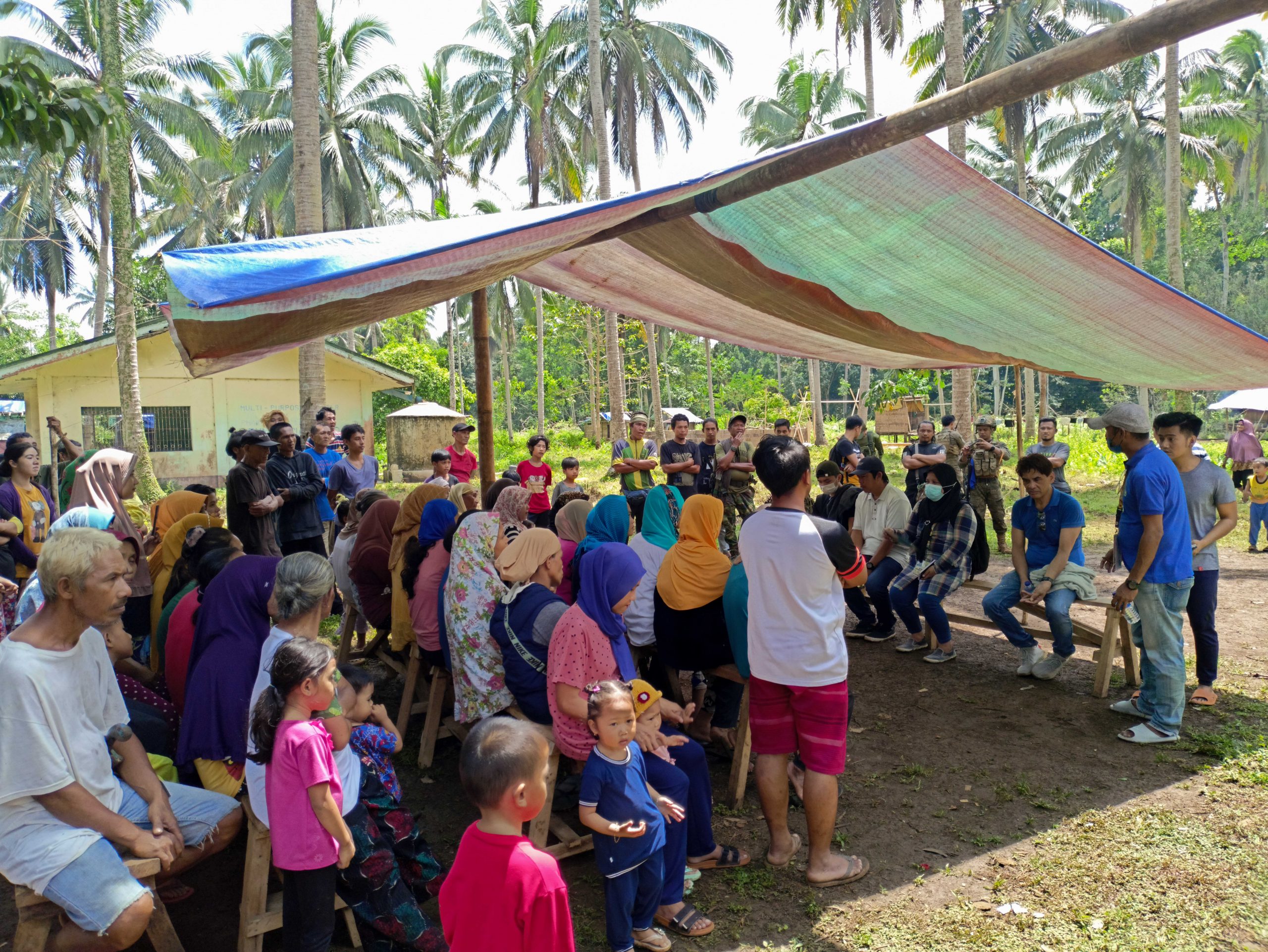
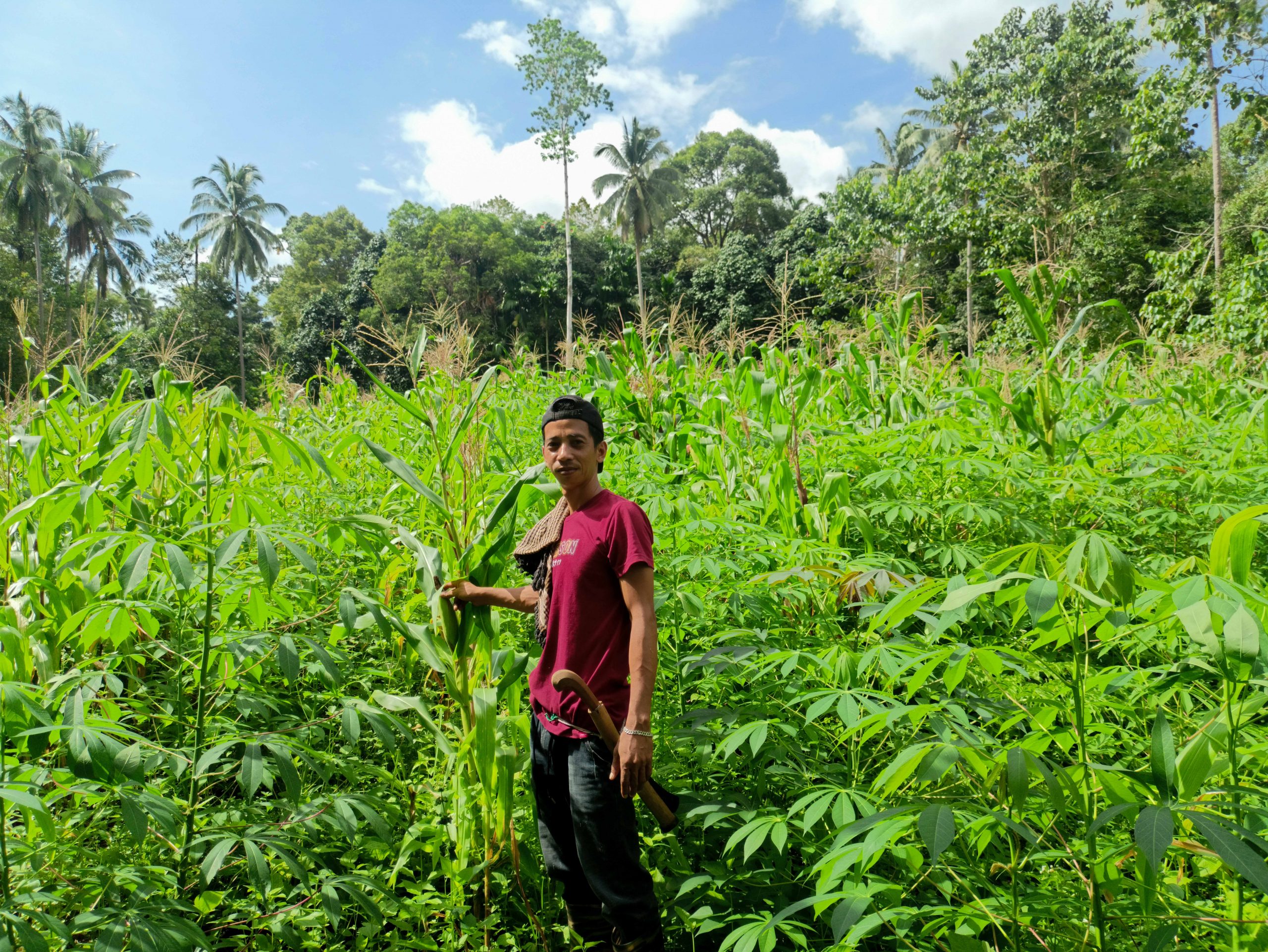
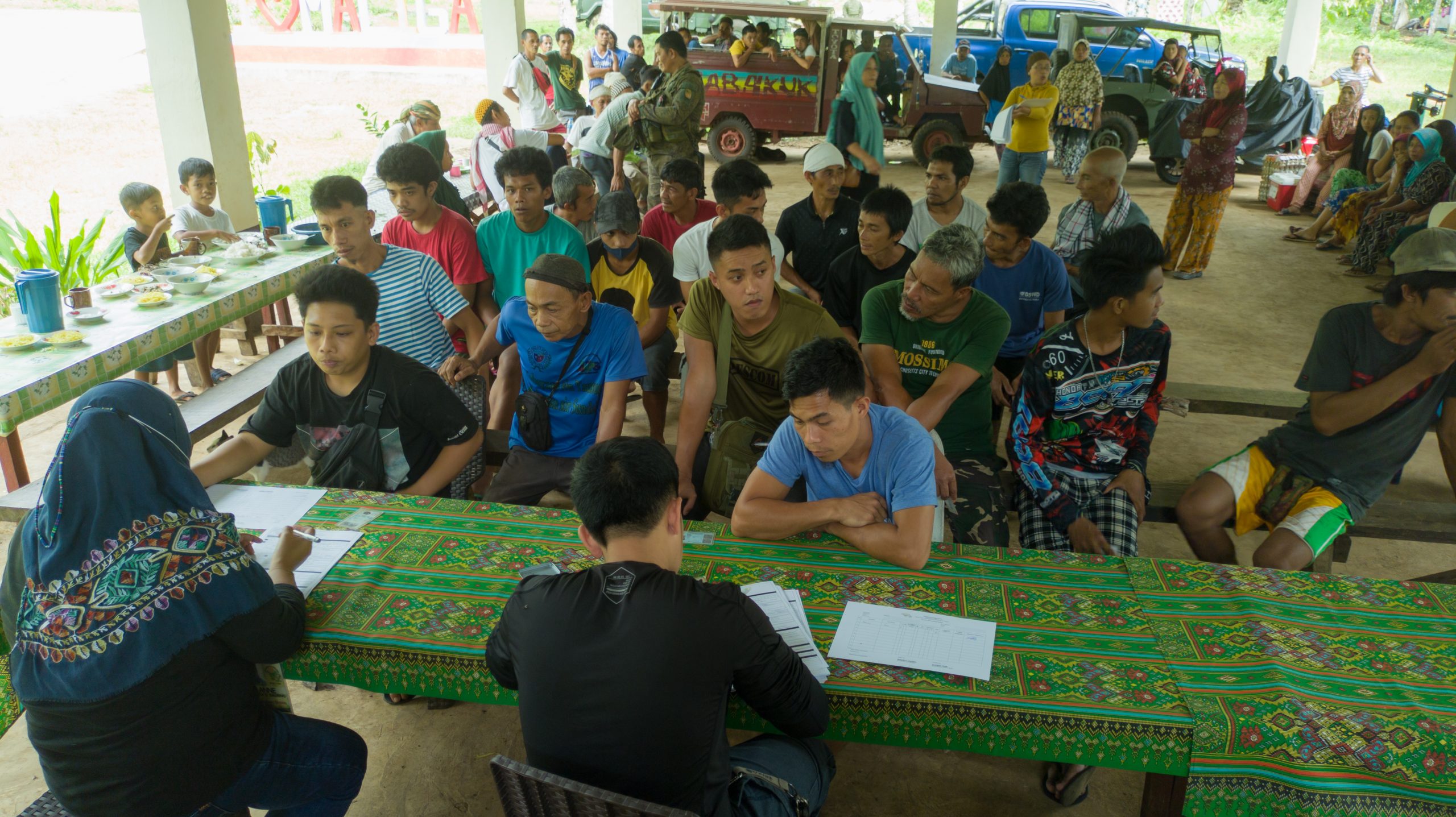


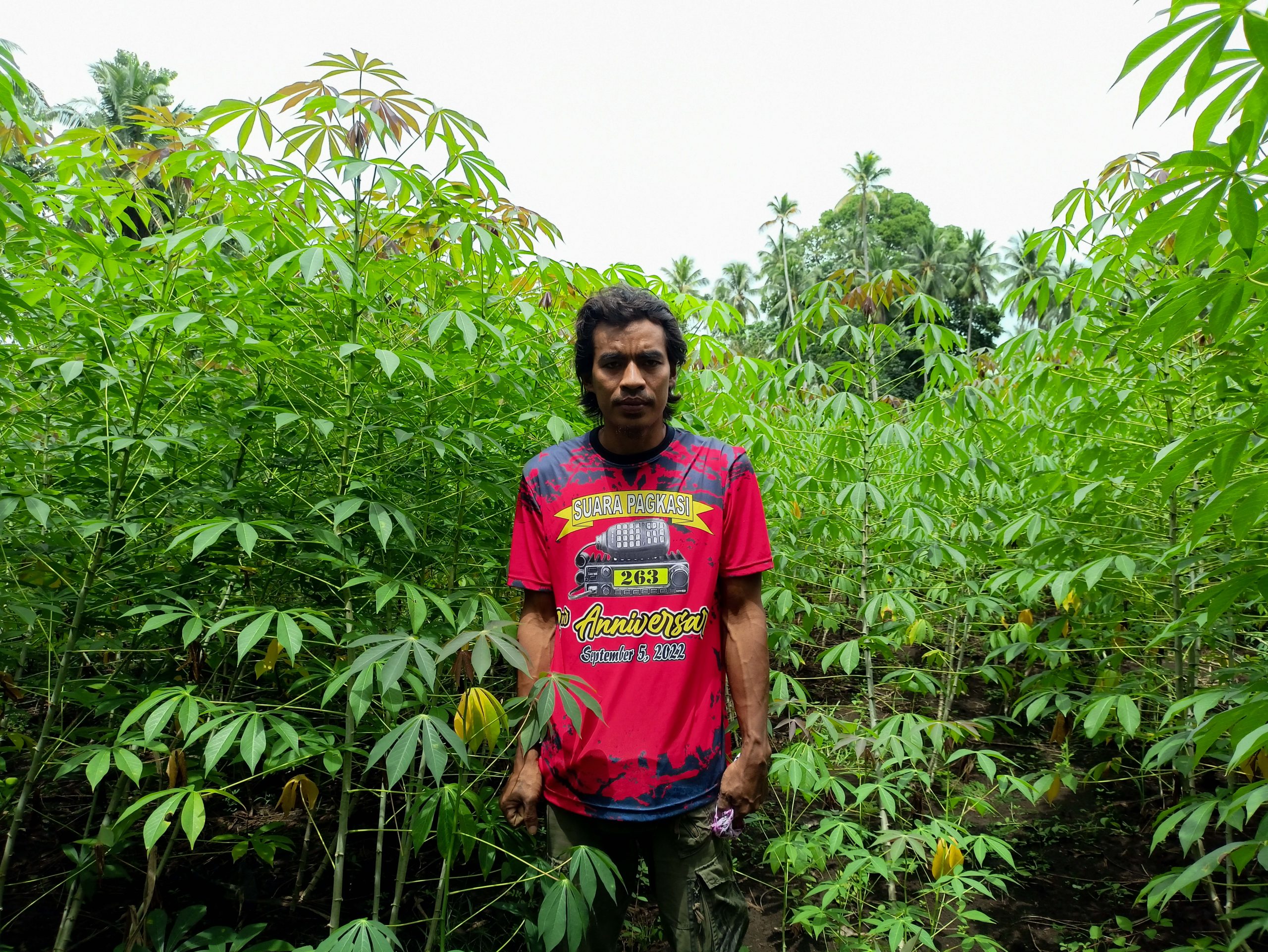
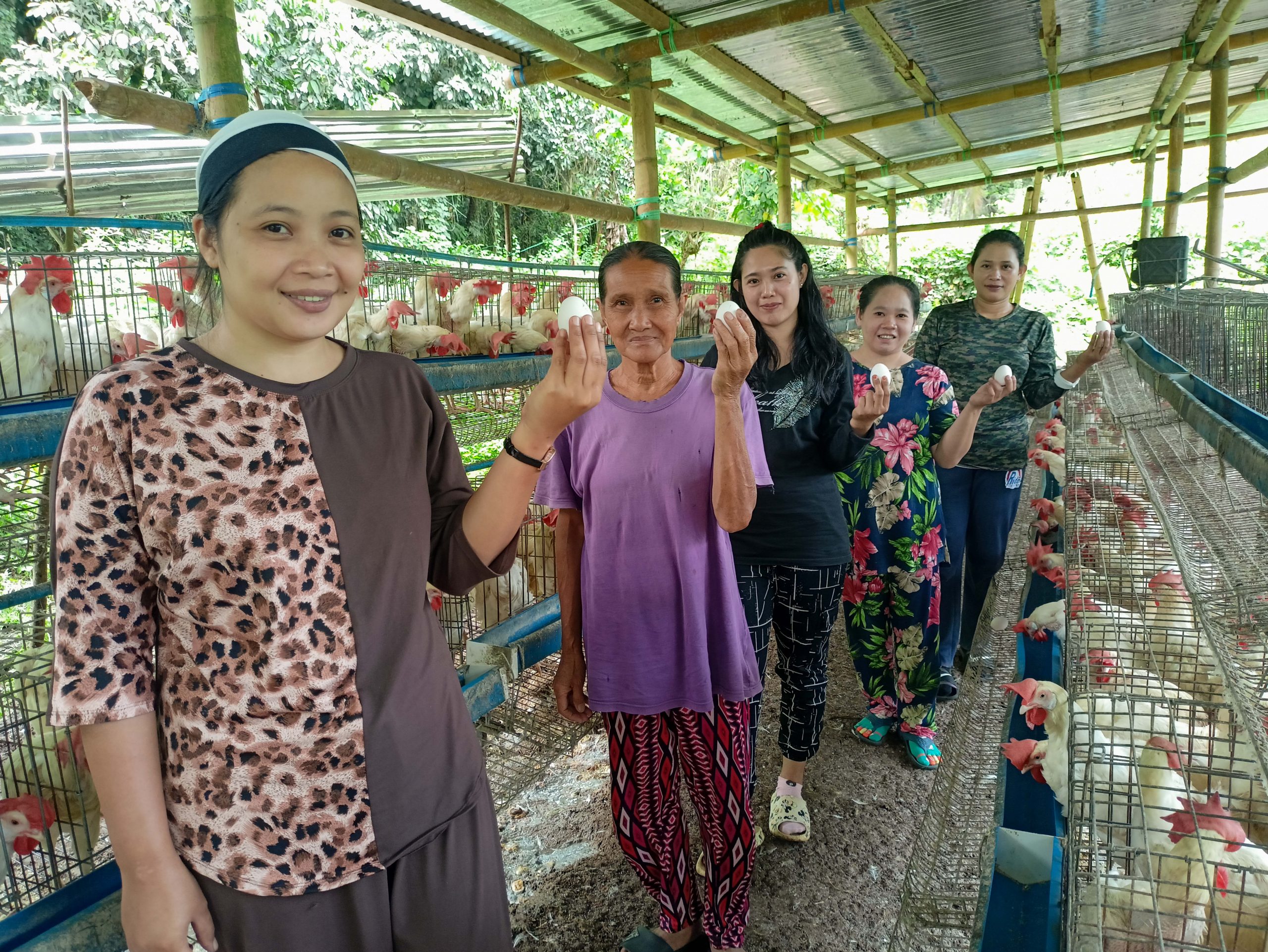
Comments (0)